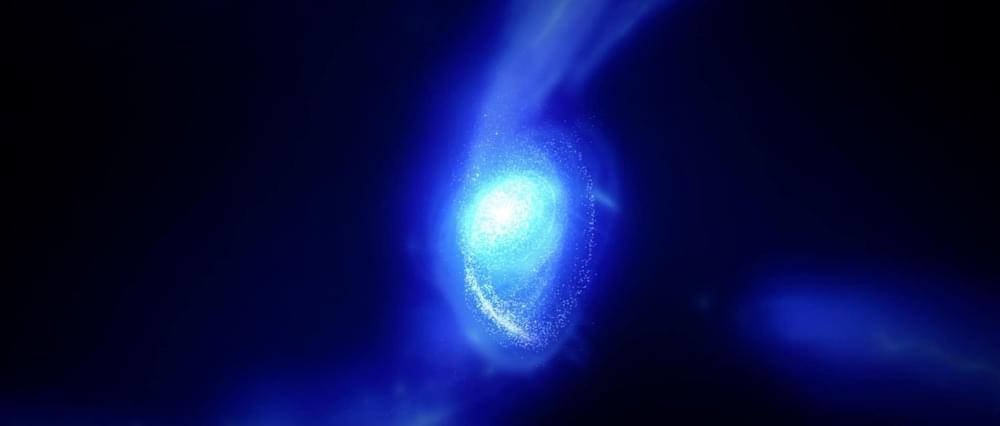Watching asteroids can help us prepare for the unfortunate one that might be headed straight towards us and how it can be avoided.
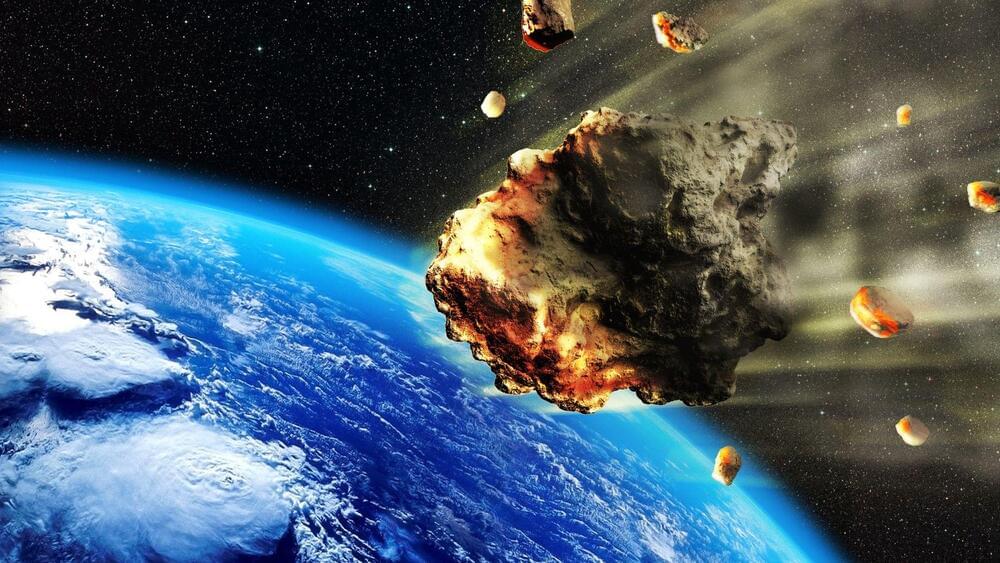

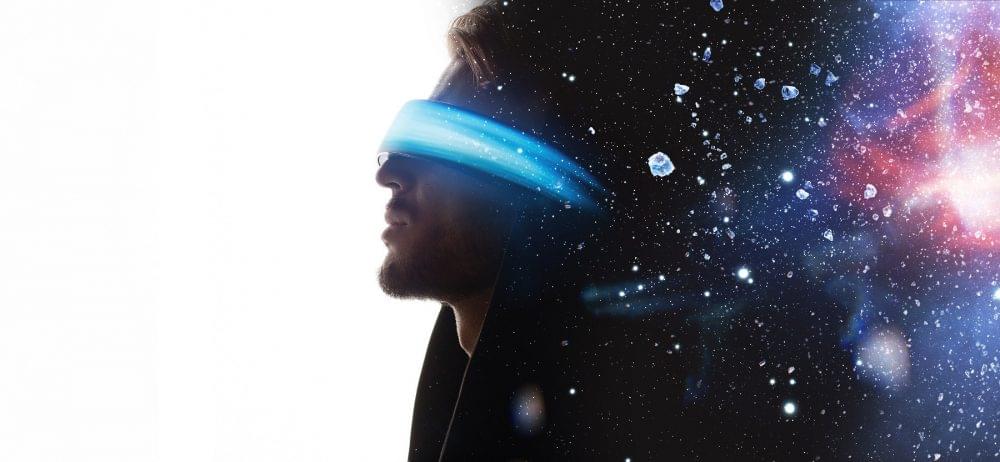
Imagine for a second that the planet we live on, the solar system, our galaxy, and eventually the entire universe we see as infinite is no more than a simulation. What then?
According to a new theory by computer scientists, our universe may be simulated. So what we perceive as “ghosts” could be small pieces of evidence that suggest the universe we live in is simulated.
It’s called the simulation theory, and it proposes that we are no more than “avatars” in a universe that is entirely simulated.
Two massive asteroids, the size of a 40-story building are approaching our planet this weekend and are expected to fly past Earth safely.
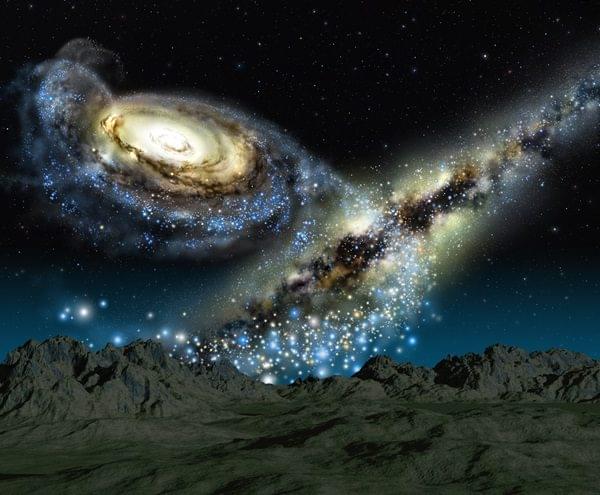
BILLIONS OF YEARS FROM NOW, the night sky will glow with stars, dust, and gas from two galaxies: the Milky Way, in which we live, and the encroaching Andromeda Galaxy (M31). Astronomy by Lynette Cook
Our galaxy, the Milky Way, is colliding with its nearest large neighbor, the Andromeda Galaxy (M31). The merger will change the structure of both galaxies billions of years from now, resulting in a new arrangement of stars known as Milkomeda (“milk-AHM-mee-da”). The merging will significantly change the night sky. But into what?
The Milky Way’s thin disk of stars and gas is currently visible as a nebulous band arching over the summer sky. As Andromeda travels across the Milky Way, a second lane of stars will join the one that is currently visible in the night sky. The stars will no longer be limited to two narrow lanes after the final merger, but will instead scatter throughout the entire sky.
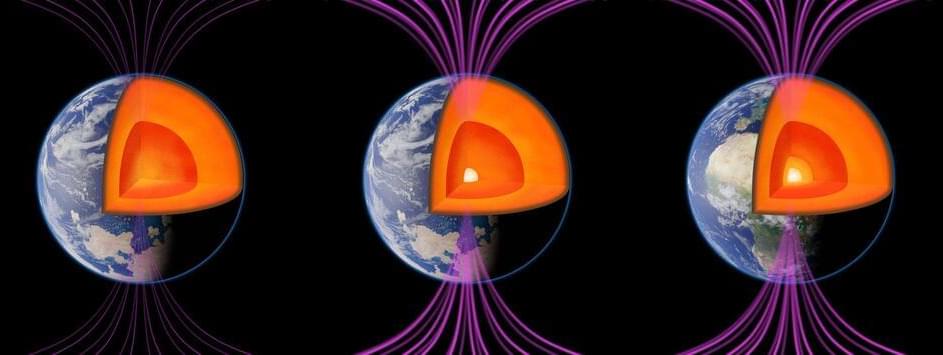
New paleomagnetic research suggests Earth’s solid inner core formed 550 million years ago and restored our planet’s magnetic field.
Swirling liquid iron in the Earth’s outer core, located approximately 1,800 miles beneath our feet, generates our planet’s protective magnetic field, called the magnetosphere. Although this magnetic field is invisible, it is vital for life on Earth’s surface. That’s because the magnetosphere shields the planet from solar wind—streams of radiation from the sun.
However, about 565 million years ago, the magnetic field’s strength dropped to 10 percent of its strength today. Then, mysteriously, the magnetic field bounced back, regaining its strength just before the Cambrian explosion of multicellular life on Earth.
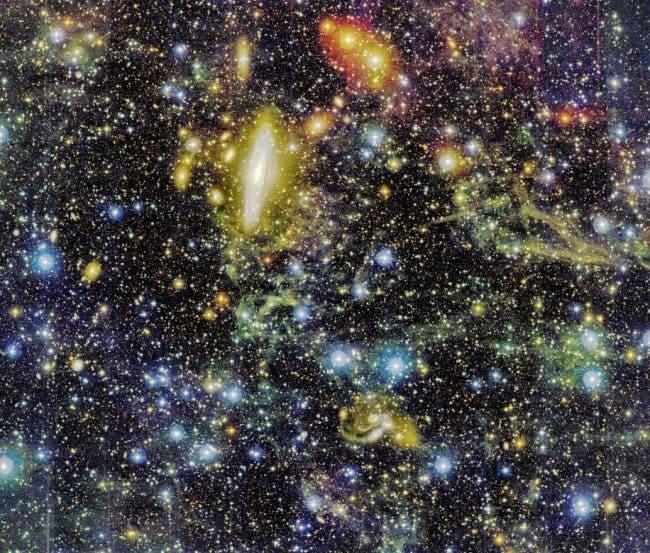
“The final theory of nature must be octonionic,” observed Michael Atiyah, a British mathematician who united mathematics and physics during the 1960s in a way not seen since the days of Isaac Newton.
“Octonions are to physics what the Sirens were to Ulysses,” Pierre Ramond, a particle physicist and string theorist at the University of Florida, said to Natalie Walchover for Quanta.
Many physicists and mathematicians over the decades suspected that the peculiar panoply of forces and particles that comprise reality spring logically from the properties of eight-dimensional numbers called “octonions.” Proof surfaced in 1,898, writes Walchover in Quanta, that the reals, complex numbers, quaternions and octonions are the only kinds of numbers that can be added, subtracted, multiplied and divided.
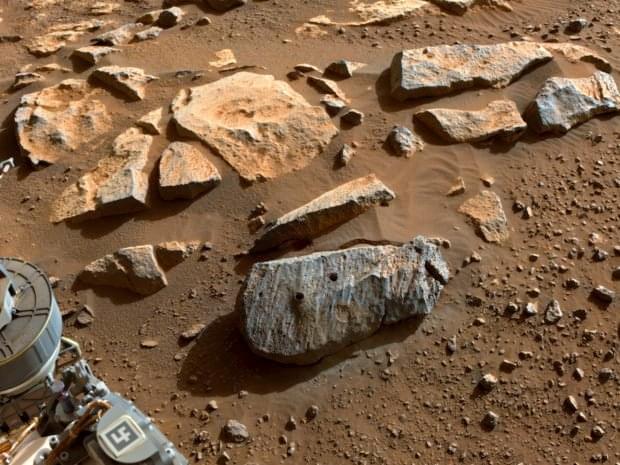
NASA plans to bring 30 Martian rock samples back to Earth in 2033, the agency said Wednesday — and is sending two small helicopters to help the mission.
The Perseverance rover, which landed on Mars in February 2021, has so far collected 11 samples as part of its hunt for signatures of ancient life.
But bringing them back for detailed lab study on Earth is proving to be a highly complex task.
Use code HISTORY16 for up to 16 FREE MEALS + 3 Surprise Gifts across 7 HelloFresh boxes plus free shipping at https://bit.ly/3Rkknac!
If you like this video, check out writer Geraint Lewis´ excellent book, co-written with Chris Ferrie:
Where Did the Universe Come From? And Other Cosmic Questions: Our Universe, from the Quantum to the Cosmos.
AND check out his Youtube channel:
https://www.youtube.com/c/AlasLewisAndBarnes.
Incredible thumbnail art by Ettore Mazza, the GOAT: https://www.instagram.com/ettore.mazza/?hl=en.
Art created by soso112429, and Joe from History Dose: www.youtube.com/historydose.
The Brain Computer Interface industry is progressing quickly and it’s not just Neuralink. Synchron…
The Brain Computer Interface industry is progressing quickly and it’s not just Neuralink. Synchron has been approved for human trials by the FDA and Neuralink might not be far behind.
Last video: The Real Reason SpaceX Developed The Raptor Engine!
► Patreon: https://www.patreon.com/theteslaspace.
► Subscribe to The Tesla Space newsletter: https://www.theteslaspace.com.
